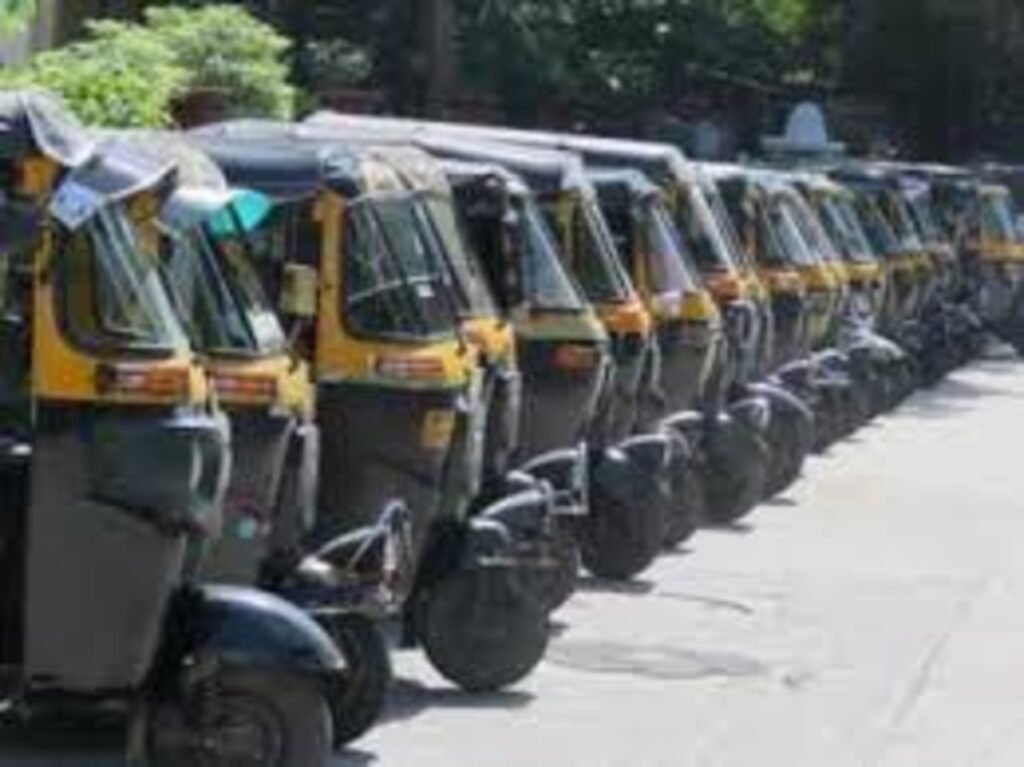August 15, 2023
Bengaluru, India
Introduction
A recent post by a woman on social media has sparked a conversation about effective communication between auto drivers and passengers in the city. Dravisha’s innovative idea of utilizing small posters and polite phrases to assist passengers in learning basic Kannada phrases and encourage respectful communication has gained traction online, receiving both positive feedback and thoughtful discussions.

In her post on X (formerly Twitter), Dravisha proposed an alternative solution to the prevalent issue of language barriers between Bengaluru auto drivers and non-Kannada speaking passengers. Rather than resorting to rude posters that can perpetuate negative stereotypes, she suggested an approach that promotes understanding and mutual respect.
Dravisha’s idea involves placing small posters or placards inside auto rickshaws that display common phrases in Kannada, such as “How much is the fare?” or “Can you take a left?” This approach would assist passengers in learning basic phrases that could facilitate smoother interactions with auto drivers. She also recommended incorporating polite and warm phrases encouraging passengers to communicate with the drivers in Kannada. To further emphasize the significance of protecting the Kannada language, she suggested including statistics that highlight its declining usage.
Post Gains Attention
The post quickly gained attention across social media platforms, prompting discussions on the feasibility and effectiveness of Dravisha’s approach. Many users praised the practicality of her idea, emphasizing its potential to foster better communication between drivers and passengers. One user noted, “Practical advice. Every state/country should practice the same thing. Then both parties will be receiving and giving ends. Great way to start developing multilingual skills. Maybe after some decades language issues are resolved.”
Others drew parallels with learning basic phrases when traveling to foreign countries, expressing the sentiment that it’s essential to adapt to local customs and languages rather than expecting changes to be made on behalf of the travelers. “When we travel to a foreign country, we try to learn basic words in order to survive and not expect them to change their behavior. This situation is no different,” remarked another user.
The post has sparked a positive conversation about how effective communication strategies can bridge cultural divides and promote understanding. It has also highlighted the importance of embracing linguistic diversity while fostering a sense of community. The reactions to Dravisha’s idea indicate that many believe in the potential for such small gestures to contribute to positive changes in the way passengers and auto drivers interact.
Conclusion
While it remains to be seen if auto drivers in Bengaluru will adopt this innovative approach, Dravisha’s post has undoubtedly sparked a thoughtful dialogue that encourages mutual respect, communication, and understanding between individuals from diverse linguistic backgrounds.






